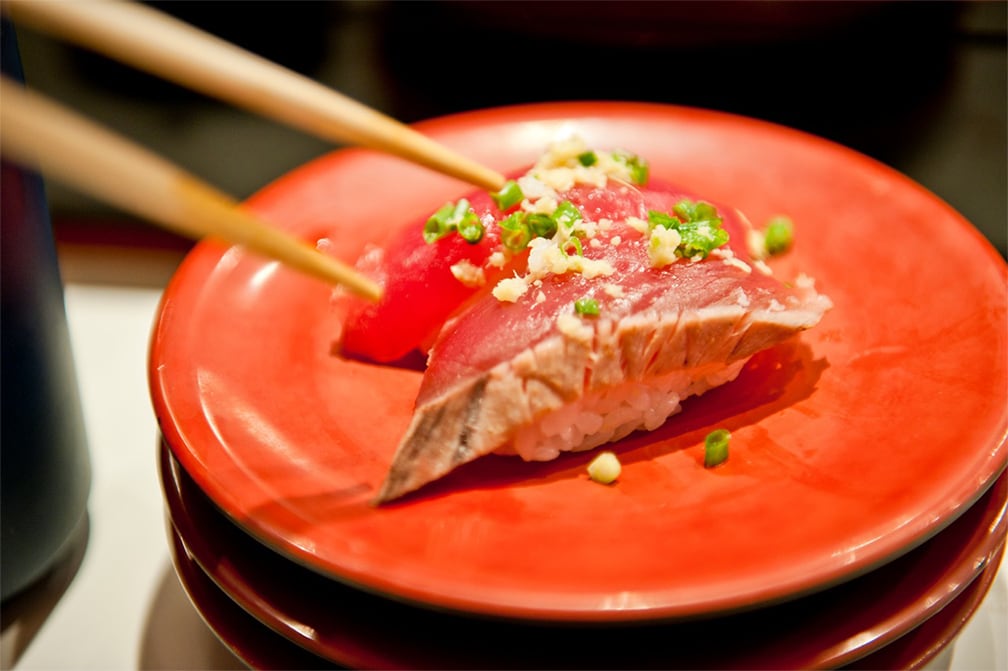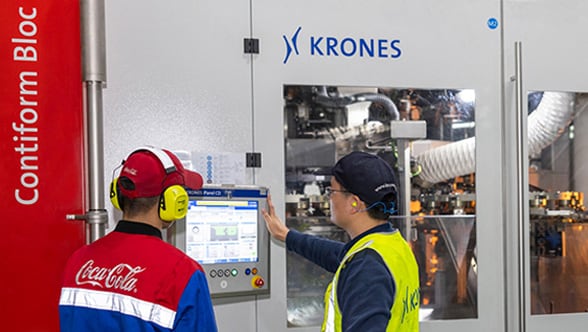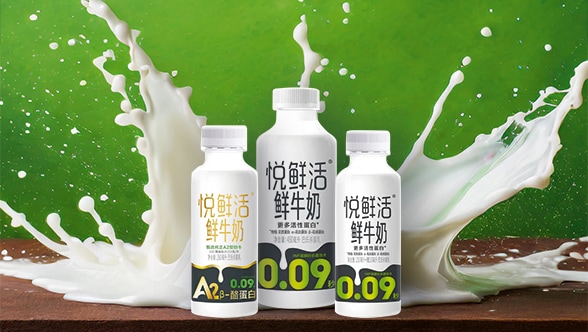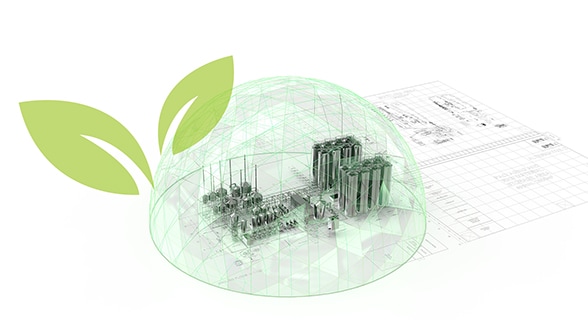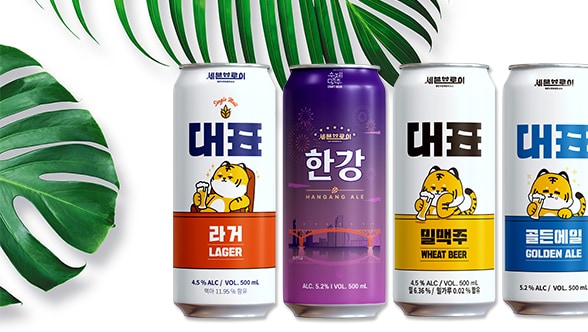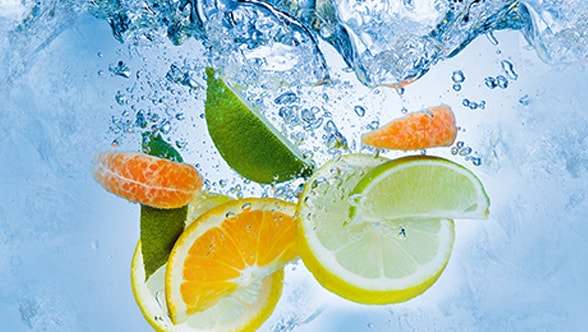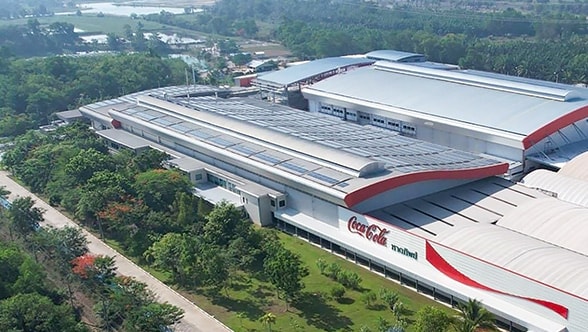Even though aseptic filling of beverages into PET bottles has some of its roots in Japan, I had the greatest respect for my new environment when I embarked on that journey because of
- the obviously high expectations clearly reflected in the emails received from clients, including very long, detailed Excel lists of questions, and
- the likewise well-known language barrier, which renders it downright impossible without local support to enter into a meaningful exchange of views with the customers.
As far as the language barrier was concerned, my colleagues in Krones’ Japanese subsidiary (called KJ internally), all of them very conscientious workers, took action. I was very politely welcomed in their office before I went to meet the first clients, and everyone working in sales took the time to participate in a small training session on aseptics. For my colleagues, that did in fact offer an opportunity to bring themselves up to speed on the issue and get a grasp of the specialist terminology I was using. After all, they had to know what I was referring to if in the days ahead – either with or without me – they were to communicate the advantages offered by aseptics made in Germany to customers from the local beverage industry with persuasive potency.
To be 100 % prepared to cope with these expectations and questions with the highest zoom factor down to the tiniest detail, I had brought along properly matched slides, which were very well received by the training session’s participants, and even before the first customer meeting took place I learned the difference between two expressions that sound roughly like that: “So des ka?” (Sou desu ka) and “So des ne!” (Sou desu ne). You should definitely take a closer look at these before your next trip to Japan.
So I got off to a good start: My slides were well received by my local colleagues, and in return for my technical remarks I was able to pick up a few simple expressions in colloquial Japanese to start with. Interaction with my Japanese fellow-workers improved a lot, and by our second meeting I’d already managed to suppress my German reflex to shake hands and replace it by a respectful bow, as is the local custom.
All good things come in threes?
“Now let’s see …” is what I thought at the beginning of my third meeting. What quite quickly emerged in a small, simply furnished meeting room in Tokyo was this: That talk was going to be entirely different from the previous ones. While we were shooting through the underground tunnels to get there, my colleagues had already informed me that what was coming would be a more traditional Japanese meeting. After we had ceremonially exchanged our visiting cards with a brief bow, it was clear that we would this time be working just with pen and paper, not with my elaborately compiled slides.
And then we got going: My colleague translated the client’s first question into English for me. But it took quite a few minutes (and quite a few replies) before it dawned on me that the very active mind in the body of a man in his early sixties was not expecting me to give him a long list of correct answers. That kindled my interest and stimulated by mind.
In the end, I came to realise that here – different perhaps from other cultural areas – I would not score points by rattling off a mantra-like enumeration of aspects showing in how far our solution is superior to those offered by our competitors, aspects also referred to as USPs (unique selling points). You will find those at the end of this article. What was needed here – instead of a cornucopia of arguments – was presumably a somewhat more succinct truth. And for me, in turn, that meant leaving my comfort zone, i.e. the technical details that are ever so familiar to me, and focusing one hundred per cent on the person sitting opposite me and the situation at hand.
As I was beginning to experiment in my mind with some thoughts running along philosophical lines, such as “Does a falling tree in a forest make a noise when there is nobody there to hear it fall?”, I hit upon the appropriate perspective here in the land of most elaborately produced things like foods (just think of Kobe beef, Teppanyaki sushi or Sashimi artworks), the finest whiskeys, laboriously hand-crafted Katana swords or electronics (like the game consoles of our young people).

